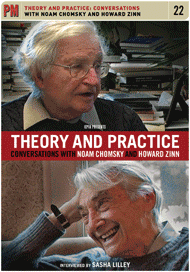To do.
From Guess Who Saved the
Despite these efforts, and in part because of them, the Bronx began to burn in about 1970. Some of the fires were accidents, the inevitable result of decaying electrical systems. Many were set by landlords who would then collect the insurance money. Often they would sell the building--whether it was still inhabited or not--to "finishers" who would strip out the electrical wiring, plumbing fixtures, and anything else that could be sold for a profit before torching it. "Sometimes there'd be a note delivered telling you the place would burn that night," one man who lived through the period told me. "Sometimes not." People got used to sleeping with their shoes on, so that they could escape if the building began to burn.
Some of the remaining tenants burned their own buildings, thanks to yet another bad city policy. Welfare recipients living in decaying city-owned buildings naturally wanted to find a better alternative, but regulations forbade payment of moving expenses to anyone who had not lived in same place for at least two years. There was one exception to this rule, and it was posted in large type in neighborhood welfare offices. Any tenant burned out of his or her building automatically became eligible for a grant--usually about $1,000 but sometimes as much as $3,500--to cover the cost of new clothing, furniture, and moving. Also, burned-out families went to the top of the waiting list for public housing projects.
During the mid-'70s, the South Bronx averaged 12,000 fires a year. The area lost some 40 percent of its housing stock, and 300,000 people fled. In the burned-out zone that remained, police fought a losing battle against junkies and murderous teenage gangs. In 1977, Jimmy Carter paid a fleeting visit to the rubble-strewn Charlotte Street, promising to revitalize the area. The New York Times commented that the South Bronx was "as crucial to an understanding of American urban life as Auschwitz is crucial to an understanding of Nazism." But nothing came of Carter's high-sounding words. The city was in the throes of a fiscal crisis, and the feds were sick of watching their money fall into a burial ground of failed urban policies. By 1981 the Los Angeles Times could declare that the South Bronx was "both a place and a scare-word."
South Bronx?
The silent partner in community development
by Robert Worth
Learned of Planned Shrinkage today.





0 Comments:
Post a Comment
<< Home